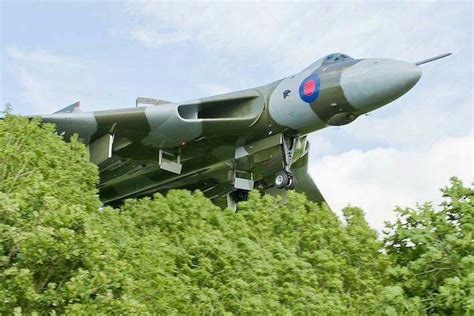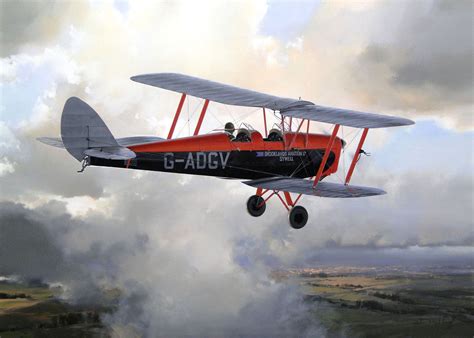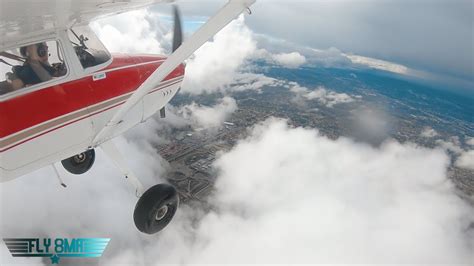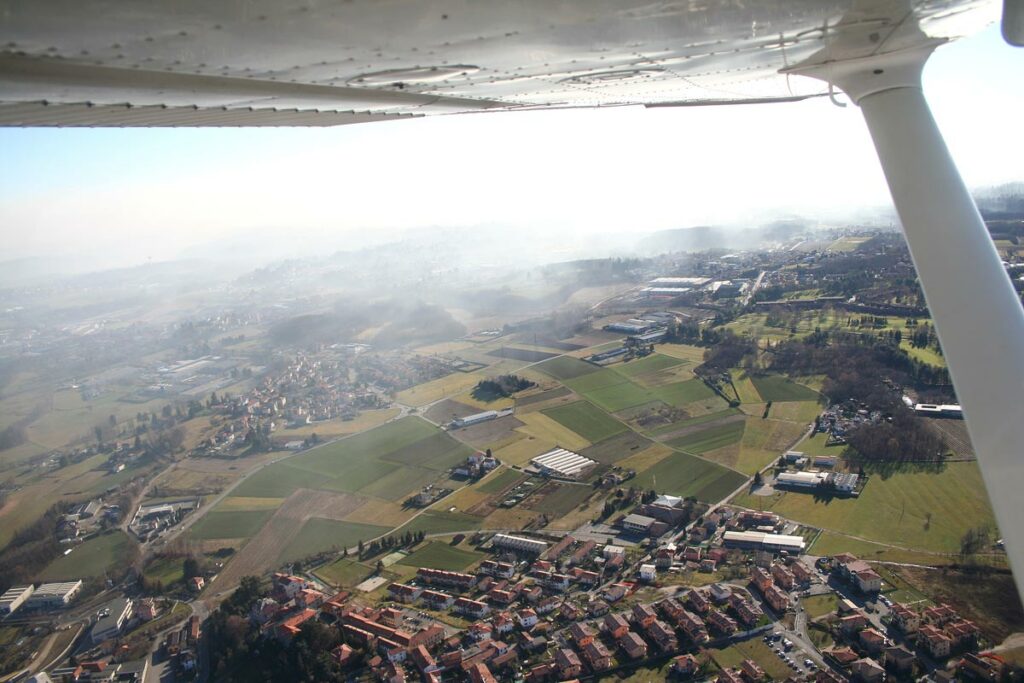
1. Head On
- If there is a danger of collision
- each aircraft shall alter heading to the Right
2. Converging
- Converging at same altitude, the aircraft which has the other
- on its right shall give way
- Except - power driven aircraft shall give way to airships, gliders, balloons
- or aircraft towing an object
- Airships must give way to gliders and balloon
- Gliders give way to balloons, and
- all aircraft give way to parachutes
3. Overtaking
- An aircraft which is being overtaken has Right of Way
- The overtaking aircraft shall,
- (if the turn is necessary to avoid the other aircraft)
- alter heading to the Right until it is well clear
4. Taxiing
- Aircraft taxiing on the movement area
- shall give way to aircraft landing or taking off
- 2 aircraft approaching head on, both aircraft shall stop or alter course to the Right
- 2 aircraft converging, the pilot who has the other to his Right
- shall give way
5. General
- Aircraft with Right of Way shall maintain heading and speed,
- but still need to avoid collision.
- If giving way, avoid passing over or under, or crossing ahead of other aircraft
- and consider wake turbulence
- Anyone aware of an aircraft doing emergency landing or in distress
- shall give way



